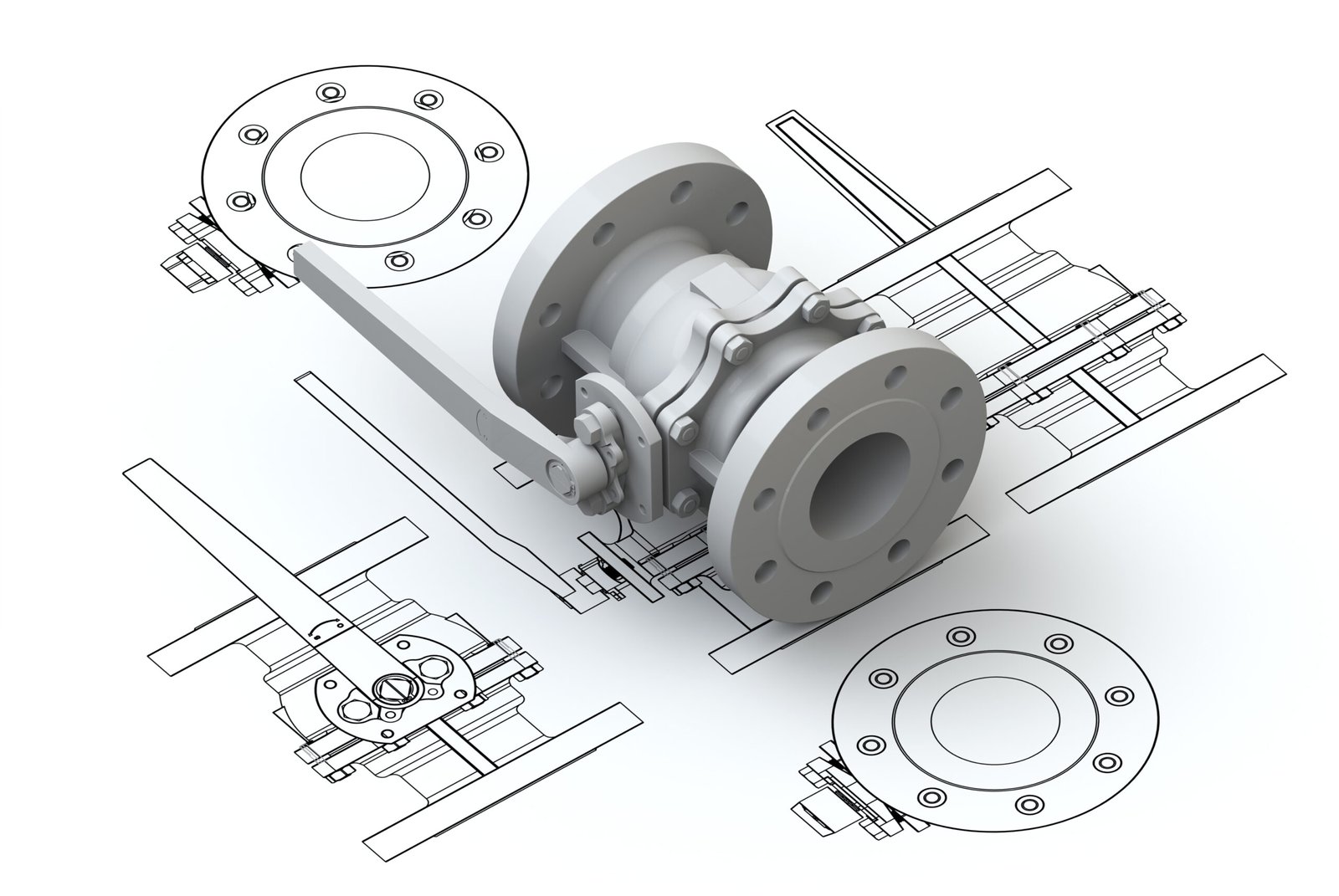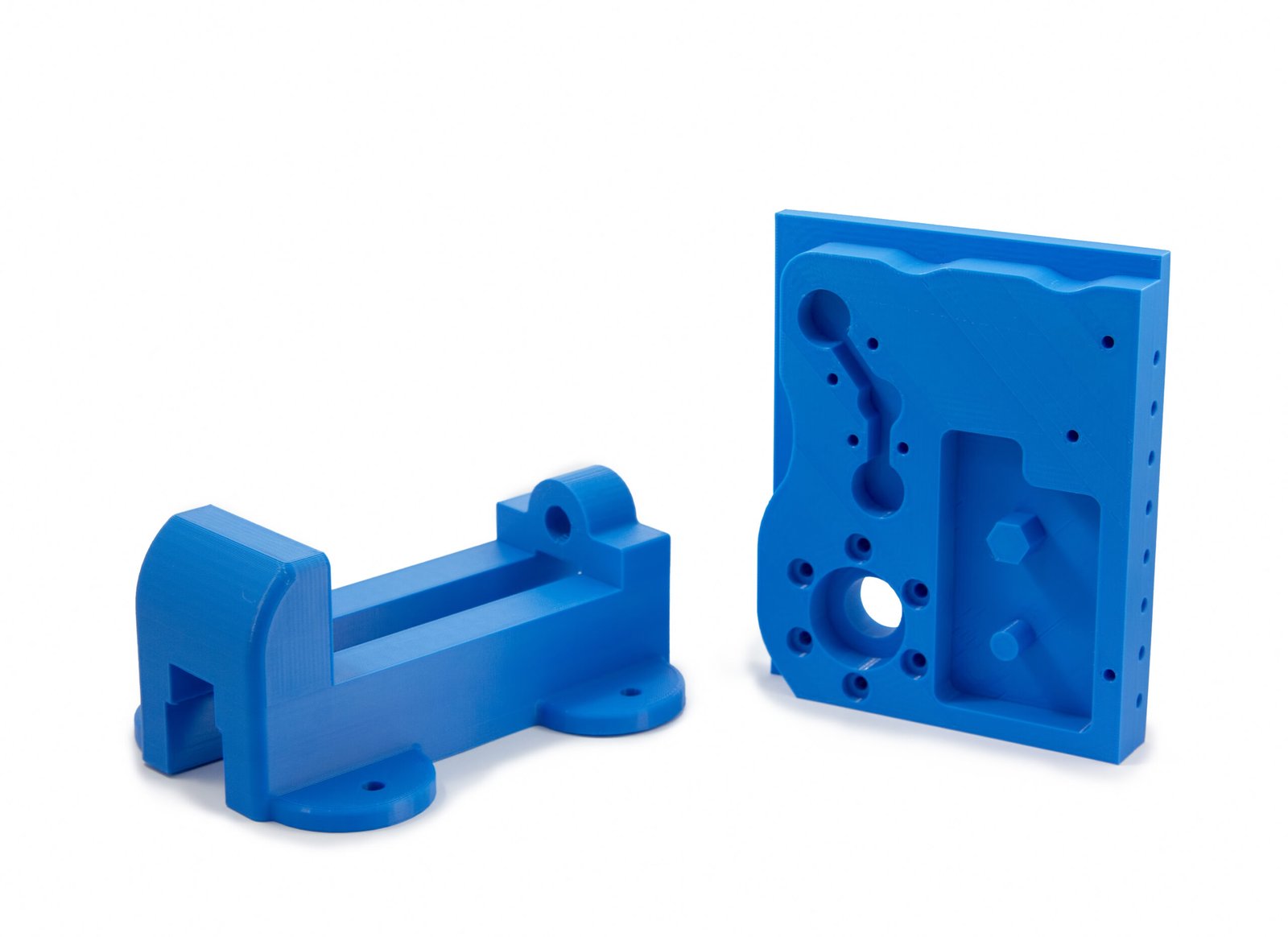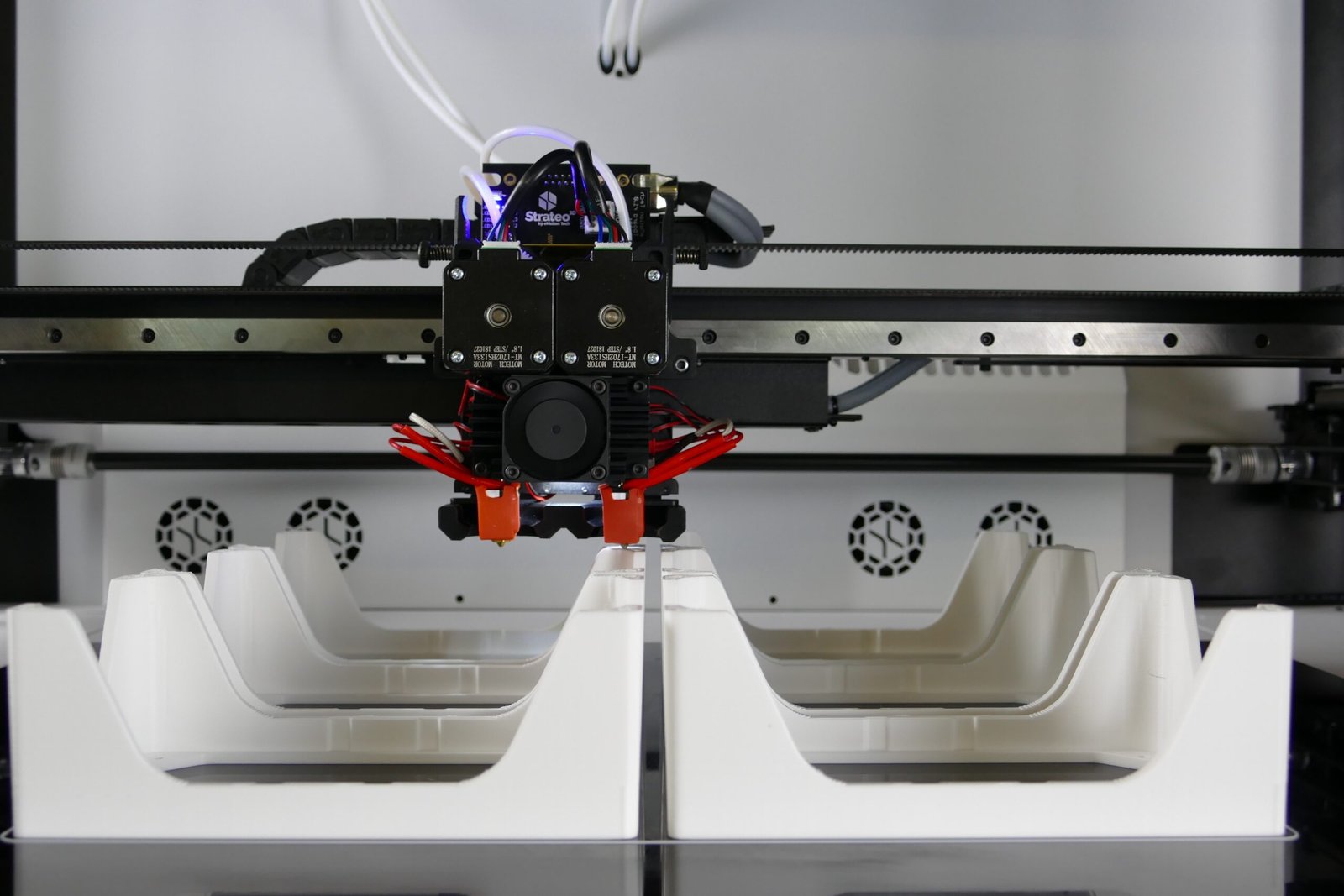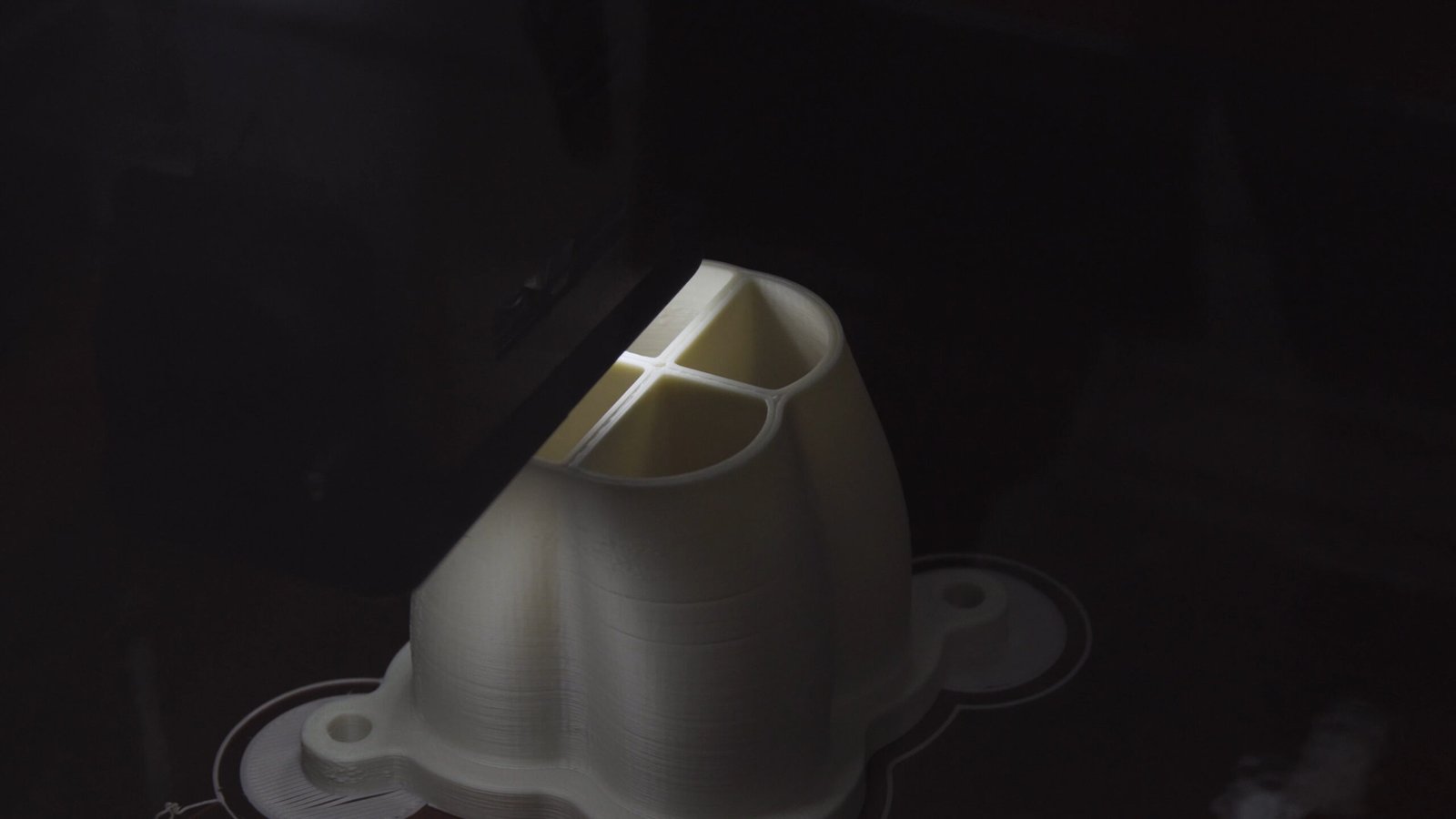In today’s fast-paced manufacturing industry, it is crucial to have an efficient and effective design process. One method that has gained significant importance is Design for Manufacturing (DFM). DFM is a systematic approach to designing products that takes into consideration the manufacturing process from the initial stages of CAD design.
DFM plays a vital role in ensuring the successful implementation of both additive manufacturing and traditional or subtractive manufacturing methods. Let’s explore why DFM is so important in the CAD design process and how it can impact these manufacturing methods.
Efficiency and Cost-Effectiveness
One of the key benefits of incorporating DFM into the CAD design process is the improvement in efficiency and cost-effectiveness. By considering manufacturing constraints and limitations during the design phase, designers can eliminate potential issues that may arise during production.
For example, in additive manufacturing, DFM helps optimize the design for 3D printing, reducing the need for support structures and minimizing material waste. This not only saves time and resources but also results in cost savings throughout the manufacturing process.
Enhanced Product Quality
DFM also plays a crucial role in enhancing product quality. By considering manufacturing constraints, designers can design products that are easier to manufacture and assemble, resulting in fewer defects and improved overall product quality.
In traditional manufacturing methods, DFM ensures that the design is optimized for the chosen production technique. By eliminating design elements that may be challenging to manufacture, designers can create products that meet the desired specifications with greater accuracy.
Streamlined Production Process
DFM helps streamline the production process by ensuring that the design is compatible with the chosen manufacturing method. By considering factors such as material properties, tooling requirements, and assembly processes, designers can minimize production delays and maximize efficiency.
In additive manufacturing, DFM allows for the creation of complex geometries that may not be feasible using traditional manufacturing methods. By leveraging the capabilities of additive manufacturing, designers can create unique and innovative products that were previously impossible to manufacture.
Collaboration between Designers and Manufacturers
DFM promotes collaboration between designers and manufacturers. By involving manufacturers early in the design process, potential issues can be identified and resolved before production begins.
With the advent of advanced CAD software, designers can simulate the manufacturing process and evaluate the impact of design changes on manufacturing feasibility. This collaboration not only ensures a smooth transition from design to manufacturing but also fosters innovation and continuous improvement.
Conclusion
Design for Manufacturing (DFM) is an essential aspect of the CAD design process. By incorporating DFM principles, designers can improve efficiency, enhance product quality, streamline the production process, and foster collaboration between designers and manufacturers.
Whether it’s additive manufacturing or traditional manufacturing methods, DFM plays a crucial role in ensuring the successful implementation of these manufacturing techniques. So, the next time you embark on a CAD design project, don’t forget to prioritize DFM for a seamless and efficient manufacturing process.



